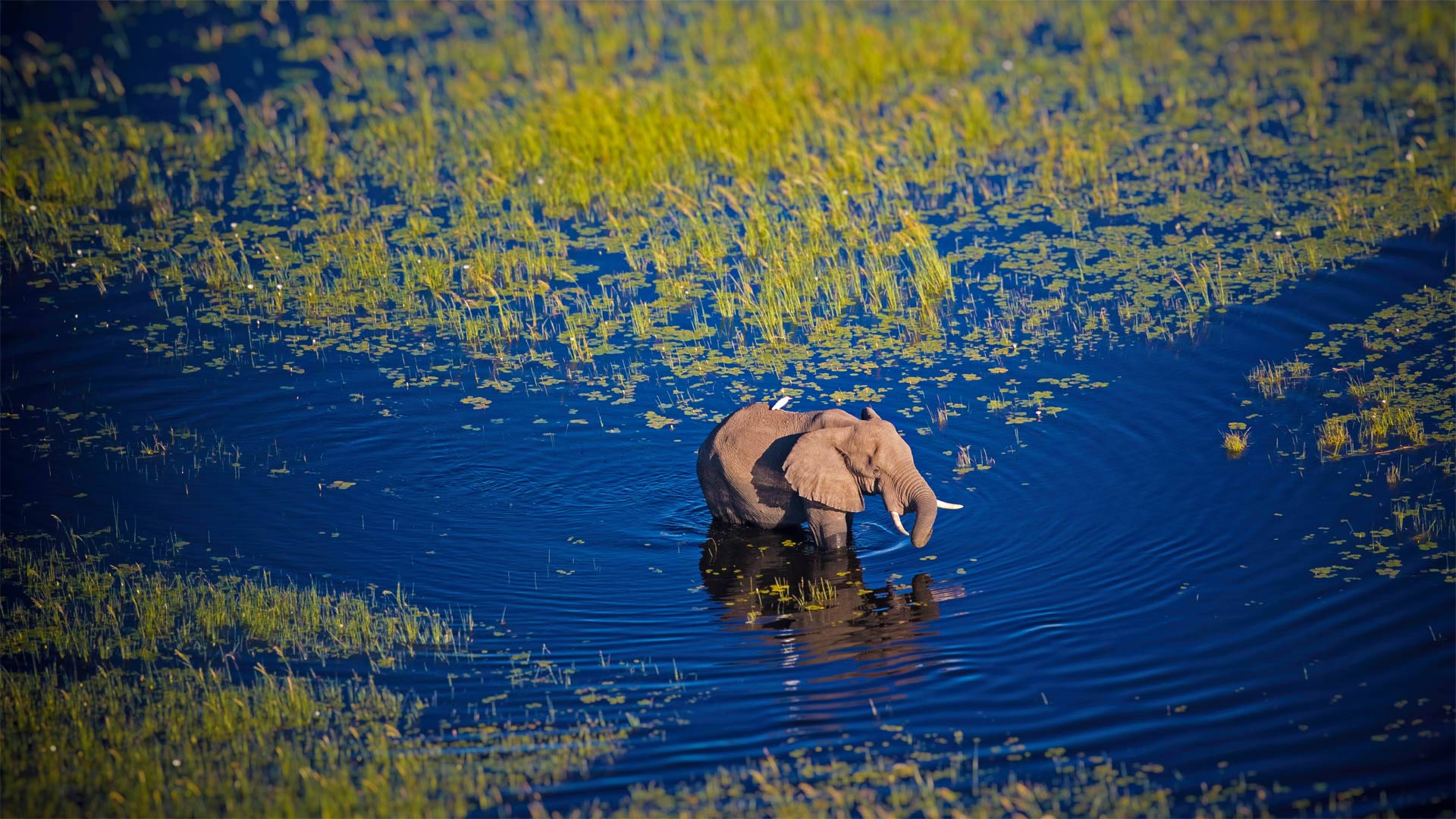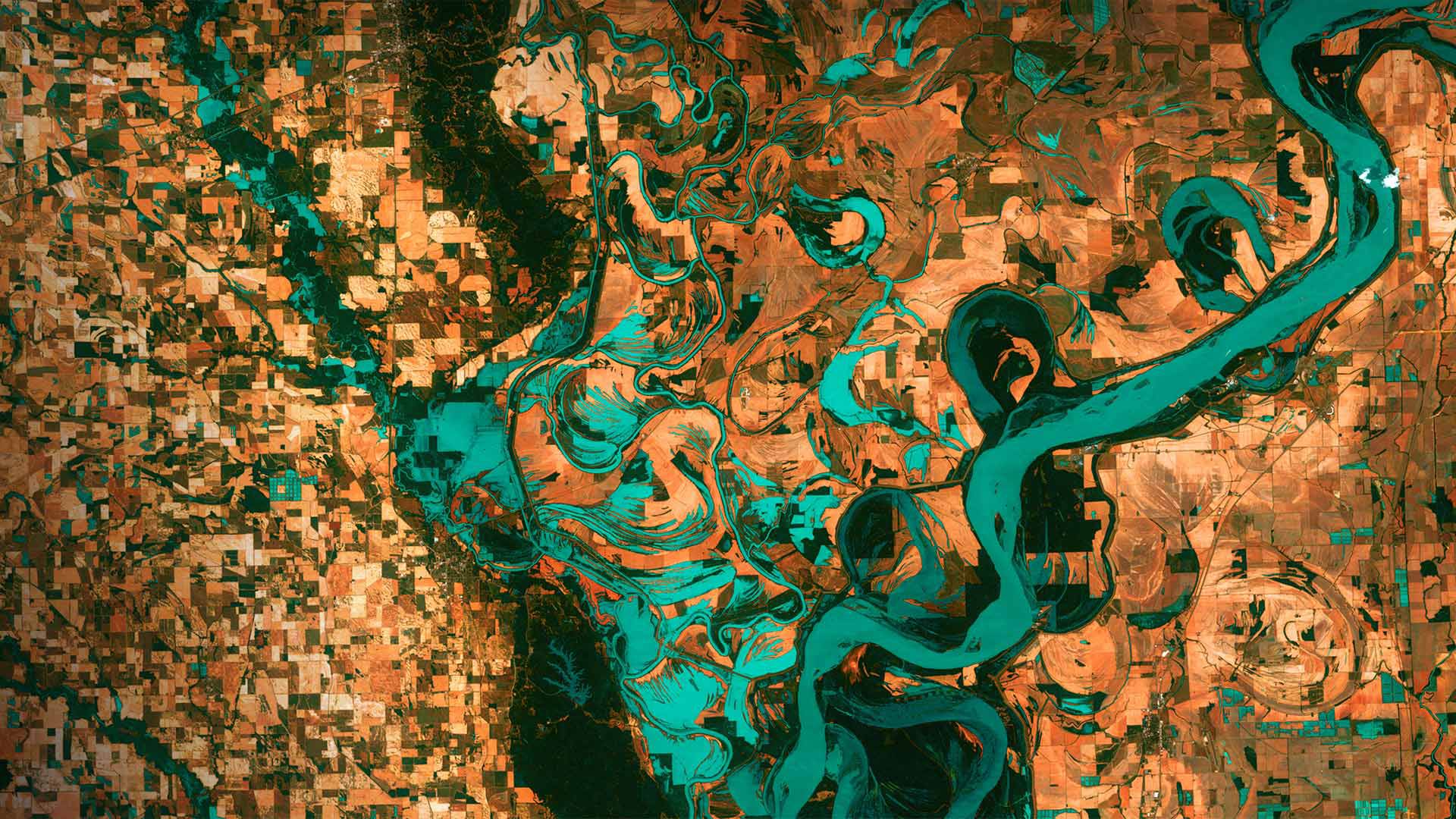Weather plays a crucial role in the occurrence and severity of natural disasters. The different types of weather patterns, such as extreme heat, cold, rain, and wind, can all contribute to a range of natural disasters, including floods, hurricanes, tornadoes, and wildfires. Understanding the relationship between weather and natural disasters is essential for predicting and preparing for these destructive events.
One of the most significant ways in which weather influences natural disasters is through precipitation. Heavy rainfall can lead to flooding, which can cause widespread damage to homes, infrastructure, and agricultural land. When a region experiences an extended period of heavy rain, rivers and streams can overflow their banks, leading to flash floods and mudslides. In addition, heavy snowfall in mountainous areas can lead to avalanches, which can be extremely dangerous for both people and property.
On the other hand, drought, which is also influenced by weather patterns, can lead to widespread crop failure and water scarcity, which can have severe social and economic impacts. Droughts can also increase the risk of wildfires, as dry vegetation becomes more susceptible to ignition by lightning strikes or human activity.
The temperature also plays a significant role in natural disasters. Extreme heatwaves can lead to heat-related illnesses and even death, particularly in vulnerable populations such as the elderly and individuals with pre-existing health conditions. In addition, high temperatures can contribute to the formation and intensification of hurricanes and cyclones, which can cause widespread destruction and loss of life.
Wind is another factor that can exacerbate natural disasters. Strong winds can contribute to the spread of wildfires, making them more difficult to contain and extinguish. In addition, high-speed winds can cause significant damage to buildings and infrastructure during hurricanes and tornadoes, leading to widespread power outages and displacement of people.
Understanding the role of weather in natural disasters is crucial for both emergency preparedness and long-term planning. By studying weather patterns and their potential impacts, scientists and emergency management officials can better predict and respond to natural disasters. Additionally, public awareness and education about the links between weather and natural disasters can help individuals and communities prepare and mitigate the effects of these events.
In conclusion, weather plays a fundamental role in the occurrence and severity of natural disasters. By understanding the relationship between weather patterns and natural disasters, we can better prepare for and respond to these devastating events. Taking steps to mitigate the impacts of weather-related natural disasters can help to save lives and reduce the economic and social costs associated with these events.







